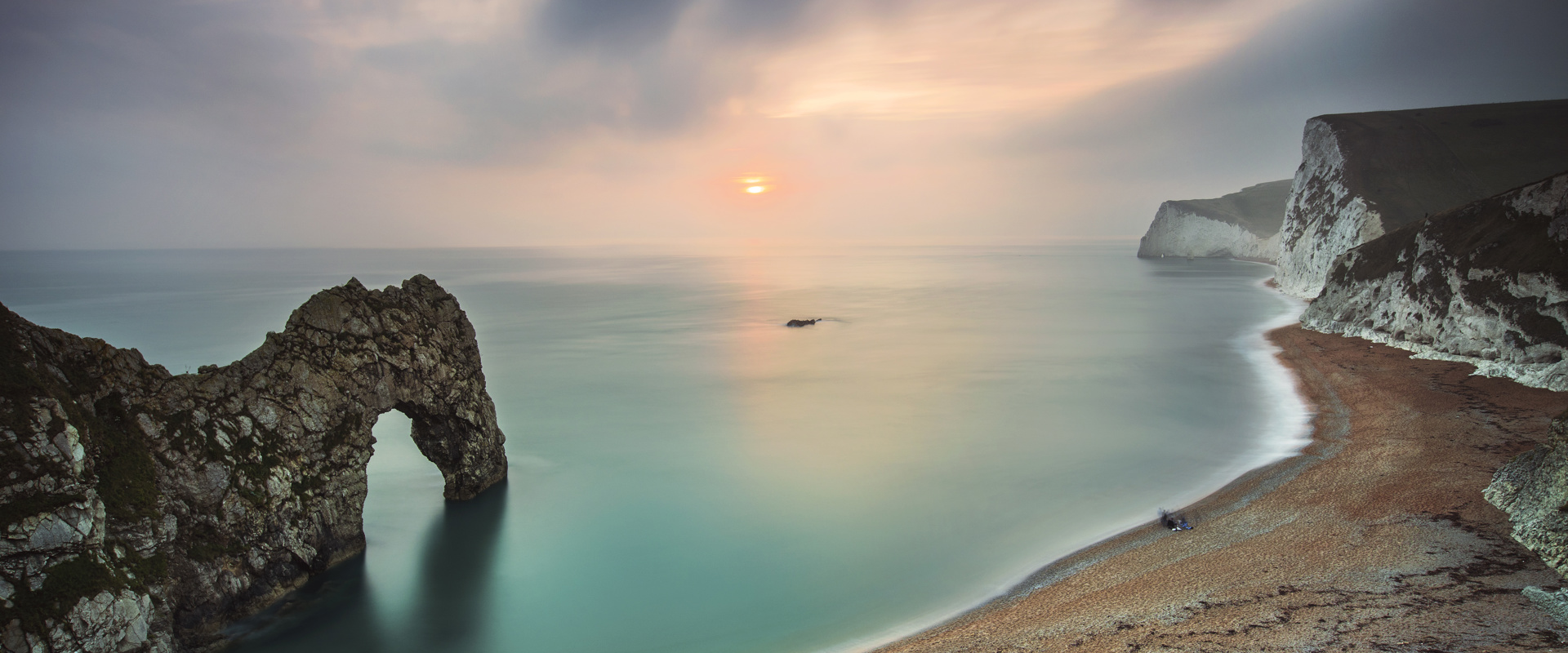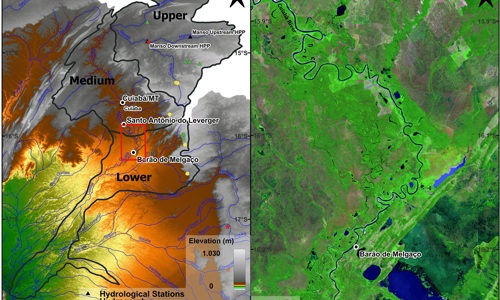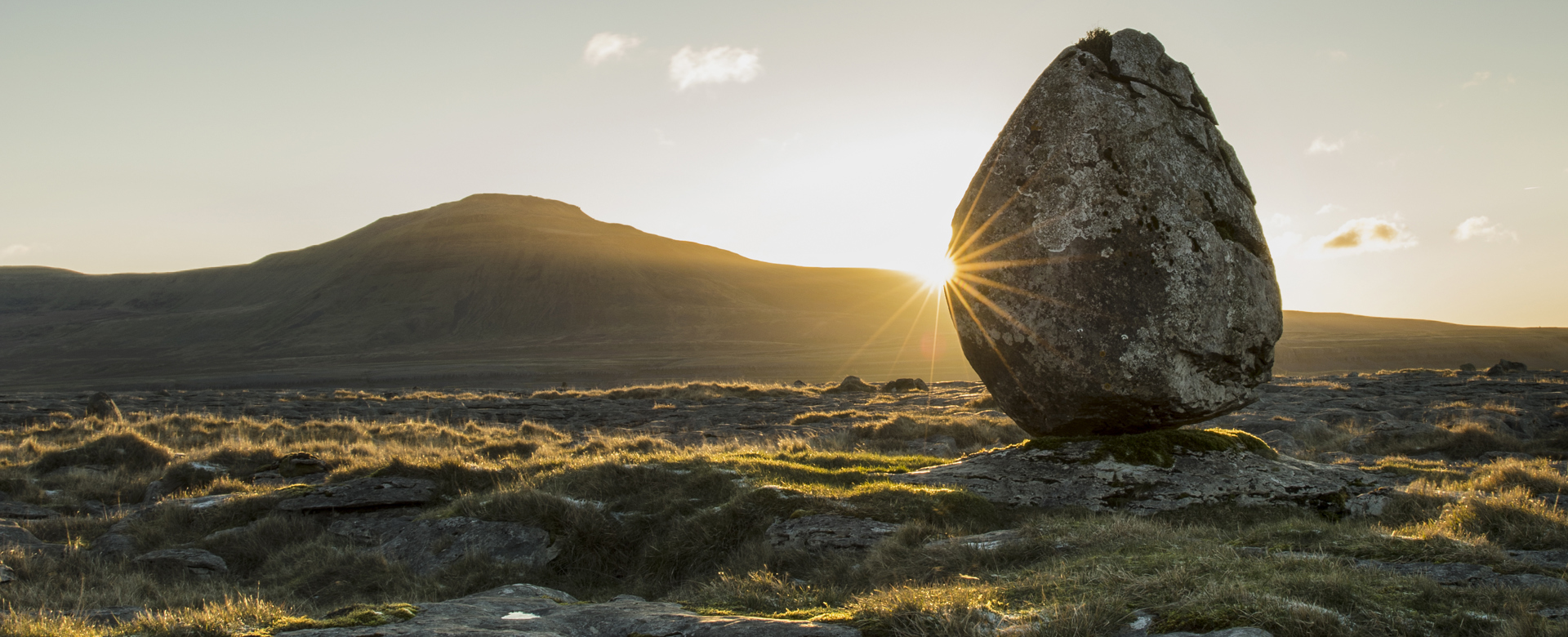

Get news and updates straight to your inbox
Sign up to our newsletter here
August 2025
Standard penetration tests in clays derived from weathered Jurassic mudstones in central England
By Kevin Briggs, Yuderka Trinidad González, William Powrie, Simon Butler, and Nick Sartain
Standard Penetration Tests (SPTs) are widely used in the UK for ground profiling and empirical correlation with geotechnical properties and parameters. In particular, Stroud, in 1974, related SPT N-values to undrained shear strength through an average coefficient at individual locations. Coefficients have been published for clay-rich tills and mudstone formations. However, few studies have utilized statistically useful datasets (>30 samples) or quantified the variability of the observations relative to the average coefficient.
Read more in the Quarterly Journal of Engineering Geology and HydrogeologyJuly 2025
Basaltic fissure eruptions of the Mull lava field, British Paleogene Igneous Province
Linear fissure zones commonly feed modern basaltic eruptions, yet direct evidence for such fissure eruption sites within ancient large igneous provinces remains scarce. We present a detailed examination of a well-preserved sequence of vent-proximal basaltic deposits from the Isle of Mull within the British Paleogene Igneous Province.
Read more in the Journal of the Geological SocietyChemical Weathering
Applying geologic unit distribution and chemical weathering indices to evaluate potential lithologic sources of Al, As, and Pb to the San Juan River, Four Corners region, USA
In arid to semi-arid landscapes, sporadic monsoonal events, varying widely in scale and distribution, can generate overland flow resulting in streamflow in ephemeral channels. These channels may contain metal-laden sediments that are a by-product of the weathering and erosion of local geologic units. To evaluate the potential for local geology to contribute aluminum, arsenic, and lead to the San Juan River, northwestern New Mexico, U.S...read more in the Lyell Collection
Energy Geoscience Conference Series
UK Central North Sea diapir fields: quantification of a previously unimaged trap via a perched roof flap model, with welded evolution, stress and hydrocarbon containment insights
By Graham Goffey
Central North Sea (CNS) Paleocene–Eocene and Late Cretaceous (P/C) reservoirs host high-relief hydrocarbon fields that flank piercing salt diapirs, and lower-relief fields where unpierced. This study aimed to predict the unimaged trap relief on a steep diapir flank – the Isolde prospect – identified on poor seismic data...continue reading
Dig deeper, explore the Lyell Collection
The Lyell Collection is a comprehensive online resource from the Geological Society of London, named after renowned geologist Charles Lyell. It provides access to over 320,000 pages of peer-reviewed Earth science content, including journals, special publications and historical materials.
Open Access
Favourability index: an early-stage geospatial screening tool for low-enthalpy geothermal assessment mapping in superficial aquifers
This paper facilitates heating-decarbonization policy implementation with regards to district-scale ground source heat pumps (GSHPs), demonstrating how favourability tools and geospatial visualization can inform communities’ and policy-makers’ net-zero decision-making...read more
Read more in the Lyell CollectionJuly 2025
Drilling into coal mine workings: overview and experience from Britain's coalfields
Underground coal mining in Britain spanned several centuries, in multiple different seams, and at depths ranging from near surface to greater than 1 km below surface. Due to this complexity, drilling into abandoned mine workings and especially mine voids is frequently considered challenging and risky. Increasing interest in open loop mine water heat schemes and the need to drill new boreholes for the abstraction and recharge of mine water has highlighted a need to understand the successes and failures of previous operational boreholes in order to de-risk mine water heat schemes.
View moreEarth Science, Systems and Society joins the Lyell Collection
Discover how Earth Science, Systems and Society is shaping sustainability. The Geological Society’s Earth Science, Systems and Society (ES3) is now part of the prestigious Lyell Collection. This move brings a wealth of high-impact, open access research to a broader audience, strengthening the connection between geoscience and sustainability.
Open Access
Earth's Earliest Forest
Fossilized trees and vegetation-induced sedimentary structures from the Middle Devonian (Eifelian) Hangman Sandstone Formation, Somerset and Devon, SW England.
Read moreJournal of the Geological Society
Scottish and Irish rocks confirmed as rare record of ‘snowball Earth’
A rock formation spanning Ireland and Scotland may be the world’s most complete record of “snowball Earth”, a crucial moment in planetary history when the globe was covered in ice, finds a new study led by UCL researchers.
Read more about 'Snowball Earth'

